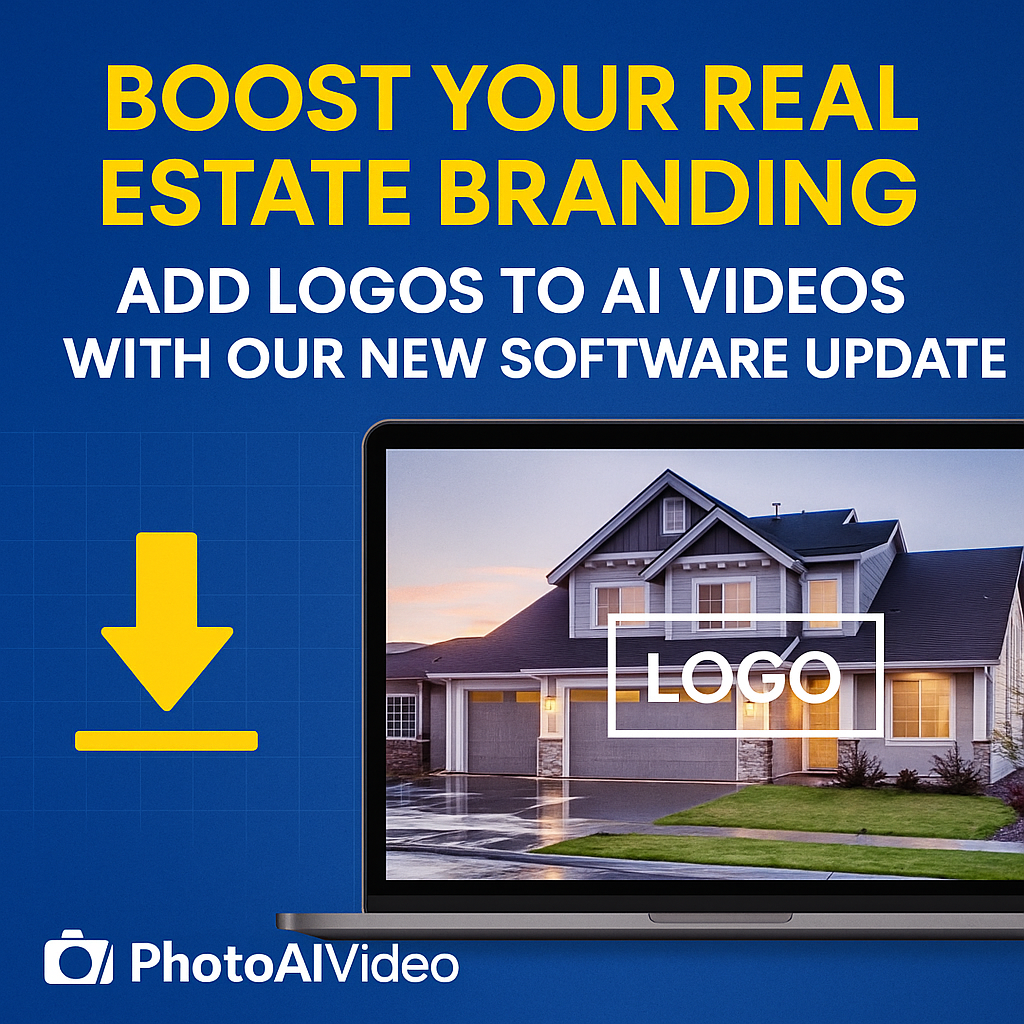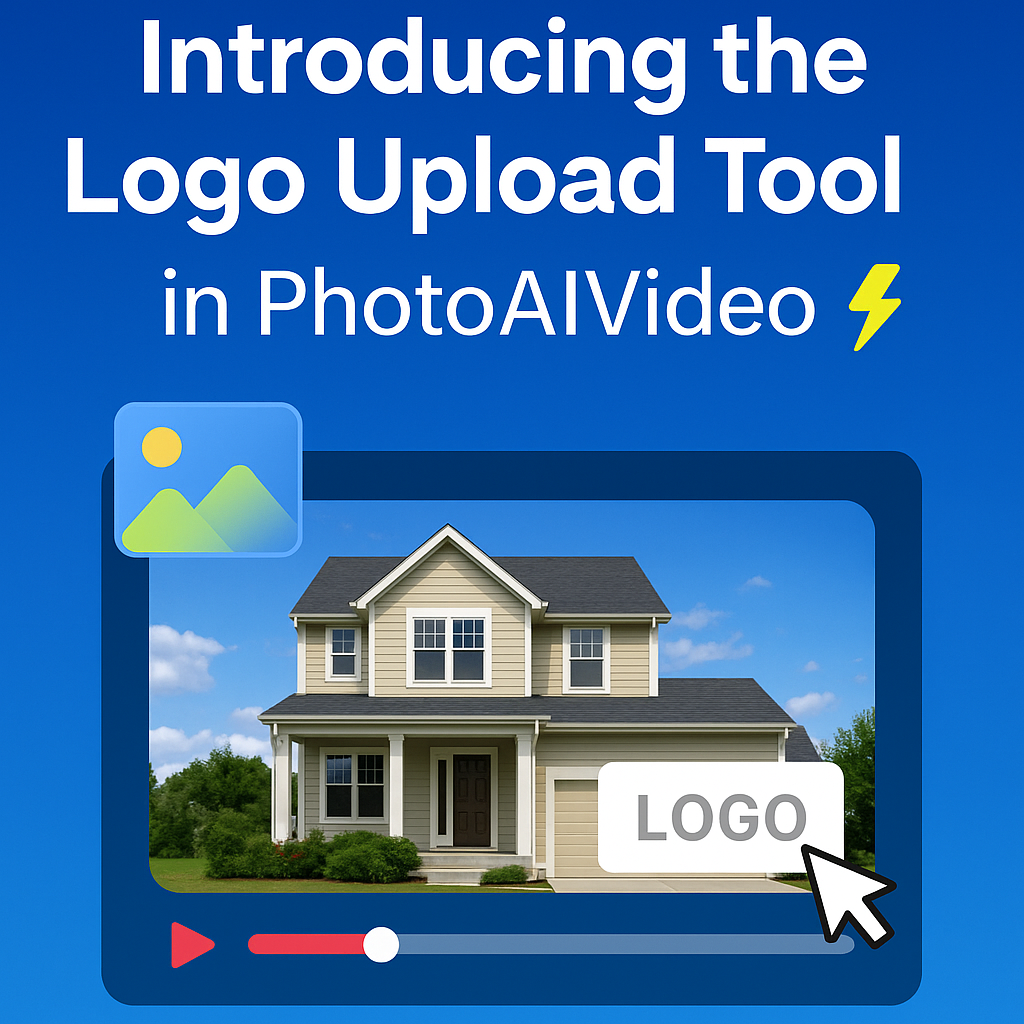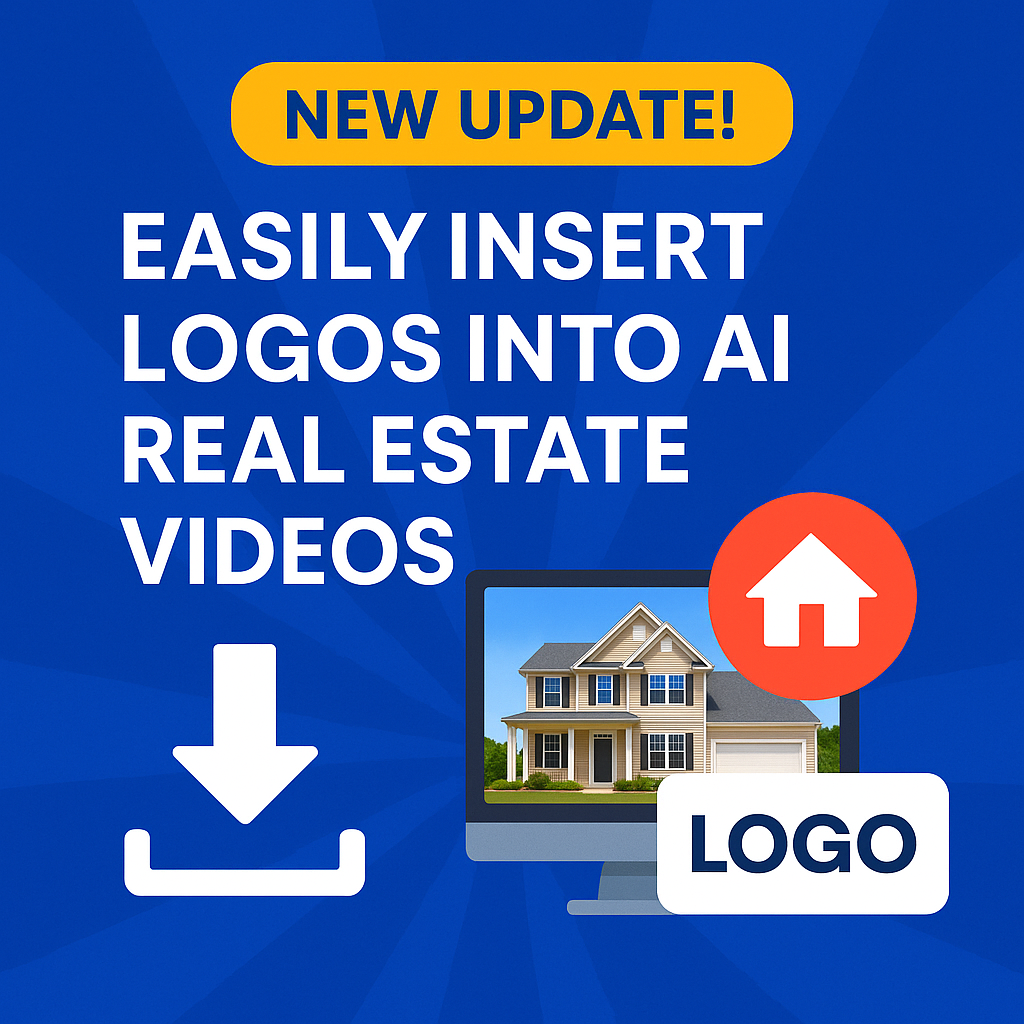Ever wonder how some folks make those cool 3D tours of places? Like, you can click around and see everything as if you're actually there? Well, a lot of that magic happens when you bring together tools like Symbility Sketch and virtual tour technology. This article is all about showing you how to get your virtual tour export to Symbility Sketch, making your projects look super professional and easy for everyone to understand. It's not as hard as it sounds, promise!
Key Takeaways
- Symbility Sketch is a straightforward program for drawing up detailed plans and estimates.
- Virtual tour technology lets you create immersive experiences for clients.
- Combining Symbility Sketch with virtual tours can make your work smoother and more precise.
- Getting good quality pictures is a big deal for making effective virtual tours.
- You can use these tools for things like insurance claims, real estate ads, and fixing up properties.
Understanding Symbility Sketch With Virtual Tour
What Is Symbility Sketch?
Symbility Sketch is a software program that helps people draw diagrams and figure out costs, especially in property repair and insurance. It lets users quickly draw floor plans and add details. This tool is really good for making clear, accurate drawings that can be used for estimates or reports. It's designed to make the whole process faster and less complicated.
What Is Virtual Tour Technology?
Virtual tour technology lets you create a digital walkthrough of a place, like a house or a building. It's like being there without actually being there. You can look around in 360 degrees, move from room to room, and even click on things to get more information. This technology often uses special cameras to capture panoramic images, which are then stitched together to form an immersive experience. For the best experience, make sure your browser has JavaScript enabled.
Benefits of Combining Both Tools
When you put Symbility Sketch and virtual tour technology together, you get some pretty cool advantages. It's not just about making things look nice; it's about making your work more efficient and accurate. Here are a few reasons why this combination is a game-changer:
- Better Visualization: People can see exactly what you're talking about. A sketch shows the layout, and a virtual tour shows the actual space.
- Reduced Errors: When you can see the real space and the sketch side-by-side, it's easier to catch mistakes or inconsistencies.
- Faster Approvals: Clients or stakeholders can understand the project much quicker, leading to faster decisions and approvals.
- Remote Collaboration: Teams can work together on projects from different locations, reviewing both the sketches and the virtual tours.
Combining these tools means you can present a complete picture of a property or project. It helps everyone involved understand the scope of work, the layout, and the details without needing to be physically present. This saves time and makes communication much clearer.
Getting Started With Symbility Sketch
So, you're ready to jump into Symbility Sketch? Great! It's not as scary as it might look at first. This section will walk you through the initial steps, from getting the software on your computer to understanding the basics. Think of it as your friendly introduction to a powerful tool. Let's get started!
Installation Process
First things first, you need to get Symbility Sketch installed. The process is pretty straightforward. Head over to the Symbility website and look for the download section. You'll likely need to create an account or log in if you already have one. Once you've downloaded the installer, just run it and follow the on-screen instructions. Make sure your computer meets the minimum system requirements; otherwise, you might run into performance issues later on.
Here's a quick checklist:
- Download the installer from the official website.
- Run the installer and follow the prompts.
- Activate your license (if required).
Don't skip reading the license agreement. It's boring, I know, but it can save you headaches down the road. Also, keep your license key in a safe place. You'll need it if you ever have to reinstall the software.
Navigating the User Interface
The user interface (UI) might seem a bit overwhelming at first, but don't worry, you'll get the hang of it. The main window is divided into several sections: the toolbar (usually at the top or side), the drawing area (where you create your sketches), and the properties panel (where you can adjust the settings of selected objects). Take some time to explore each section and see what it does. Understanding the Symbility Sketch interface is key to using the software effectively.
Here's a simple breakdown:
- Toolbar: Contains the tools for drawing, editing, and annotating.
- Drawing Area: The main workspace where you create your sketches.
- Properties Panel: Allows you to modify the properties of selected objects.
It's a good idea to play around with the different tools and settings to get a feel for how they work. Don't be afraid to experiment – that's the best way to learn! And remember, there are plenty of online resources and tutorials available if you get stuck.
Basic Sketching Tools
Okay, you've got Symbility Sketch installed. Now what? Let's take a look at some of the basic features. The software is designed for creating sketches and diagrams, primarily for insurance and restoration purposes. You'll find tools for drawing walls, adding doors and windows, and inserting symbols for various objects. Familiarize yourself with the toolbar – that's where you'll find most of the tools you need.
Here's a rundown of some key features:
- Drawing Tools: Lines, rectangles, circles, and freehand drawing.
- Object Library: Pre-made symbols for doors, windows, appliances, etc.
- Measurement Tools: Accurately measure distances and areas.
- Annotation Tools: Add notes and labels to your sketches.
Integrating Virtual Tour Export to Symbility Sketch

Linking Sketches to Virtual Tours
Connecting your sketches to your virtual tour can really change how you work. You start by making sure the details in your sketch match up with your 360-degree images. This means every room layout in your sketch should line up with an interactive view in your tour. This method not only cuts down on review time a lot but also makes sure everything is super accurate. It's like putting a map over a real-life view, so you can easily see where everything is supposed to be. Think of it as creating a digital twin of the space, where every measurement and every corner in your sketch has a corresponding visual in the tour. This helps everyone involved get a clear picture of the property, whether it's for insurance claims or real estate showings. For those looking to create these immersive experiences, Cloudpano virtual tour software can be a great tool.
Aligning Virtual Markers
Once you've got your sketches linked, the next step is to get those virtual markers just right. These markers are like little pointers in your virtual tour that correspond to specific points or features in your sketch. You need to place them carefully so they accurately reflect the real-world location. For example, if you have a window in your sketch, you'd put a virtual marker on the window in your 360-degree image. This helps people looking at the tour understand exactly what they're seeing and how it relates to the overall layout. It takes a bit of precision, but it's worth it for a clear and easy-to-understand tour. If the markers are off, it can confuse people, so take your time here.
Best Practices for Seamless Integration
To make sure your integration goes smoothly, keep things simple and consistent. You want a steady connection between your sketches and your virtual tours. This helps avoid mistakes and makes the whole experience easier for anyone using it. Here are some tips:
- Always update both your sketches and your tour content regularly.
- Double-check that all your virtual markers are lined up correctly.
- Keep your user interface clean and easy to use.
Keeping your integration process straightforward helps you avoid headaches down the road. It's all about making sure the digital representation of your space is as accurate and user-friendly as possible, which ultimately saves time and improves communication for everyone involved.
Here's a quick look at how much time you can save by integrating:
Following these steps should lead to a much smoother and more accurate virtual tour integration.
Advanced Features of Symbility Sketch
Symbility Sketch is way more than just a basic drawing tool. It's got some really cool stuff built in that can seriously change how you work. We're talking about features that let you do more than just simple floor plans. Let's check out some of the stronger tools it has.
Utilizing 360° Photo Tours
One of the neatest things you can do with Symbility Sketch is bring in 360° photo tours. This makes for a really immersive experience when someone looks at your sketches. Instead of just seeing a flat drawing, they can actually walk through the space virtually. It's a game-changer for showing off properties or documenting damage. You can link these tours directly to specific points on your sketch, so viewers can jump right into a room and look around. It’s like being there without actually being there. This feature is especially useful for remote inspections or client presentations, giving everyone a clear picture of the area.
Creating Detailed Floor Plans
Symbility Sketch really shines when it comes to making detailed floor plans. It's not just about drawing lines; you can add all sorts of specific elements. Think about doors, windows, and even furniture. You can also get really precise with measurements, which is super important for estimates and planning. The ability to create accurate, detailed floor plans is a major benefit for any project. You can even import and export CAD files, which means you can work with other design software if you need to. This flexibility makes it a powerful tool for complex projects.
- Draw walls with exact dimensions.
- Add doors, windows, and other structural elements from a library.
- Calculate areas and perimeters automatically.
- Include custom symbols for specific items.
- Import and export CAD files for broader compatibility.
Creating detailed floor plans is about getting things right from the start. A good plan helps everyone understand the space and avoids problems later on. It saves time and money by making sure there are no surprises.
Customizing Symbols and Annotations
Another great part of Symbility Sketch is how much you can customize it. You're not stuck with just the default symbols. You can create your own symbols for anything you need, whether it's a specific type of fixture or a unique piece of equipment. This makes your sketches much clearer and more relevant to your specific work. Plus, the annotation tools let you add notes, labels, and callouts directly onto your sketch. This is great for pointing out specific details, explaining certain areas, or adding important information that might not be obvious from the drawing alone. It helps make your sketches more informative and easier to understand for anyone who views them. For more advanced virtual tour creation, consider exploring CloudPano's tools.
- Design and save custom symbols for repeated use.
- Add text annotations to highlight key features.
- Use arrows and shapes to draw attention to specific areas.
- Adjust font styles and colors for better readability.
- Organize annotations into layers for clarity.
Optimizing Your Virtual Tour Export to Symbility Sketch
Getting your virtual tour just right before exporting it to Symbility Sketch can make a huge difference in how useful it is. It's not just about having the tour; it's about making it work for you. A well-optimized virtual tour means clearer communication and fewer headaches down the line. Think about it: if your tour is fuzzy or hard to navigate, it defeats the purpose. You want every detail to pop, every angle to be clear, and every interactive element to guide the viewer exactly where they need to go. This section will walk you through some ways to make your virtual tours shine, ensuring they integrate smoothly and provide maximum benefit when paired with Symbility Sketch.
Capturing High-Quality Images
Starting with good images is the foundation of any great virtual tour. If your source material isn't sharp, no amount of editing will fix it. Here's what to keep in mind:
- Lighting: Aim for even, natural light. Avoid harsh shadows or overexposed areas. Sometimes, shooting at different times of day can help you find the best light for each room.
- Resolution: Use a camera that captures high-resolution 360-degree photos. The more pixels, the more detail you'll retain, which is important when zooming in on specific areas within Symbility Sketch.
- Stitching: If you're manually stitching photos, make sure the seams are invisible. Software often does this automatically, but always double-check for any misalignments or distortions.
- Cleanliness: Before you even press the shutter, make sure the space is tidy and free of clutter. A clean environment translates to a professional-looking tour.
Adding Hotspots and Annotations
Hotspots and annotations are what make a virtual tour interactive and informative. They're not just decorations; they're tools for guiding your audience and providing context.
- Strategic Placement: Place hotspots logically, usually at doorways or key transition points, to allow for natural movement through the space. Don't overload a single view with too many hotspots.
- Clear Labeling: Label your hotspots clearly. Instead of just "Next Room," try "Living Room" or "Kitchen Entrance." This helps viewers orient themselves.
- Informative Annotations: Use annotations to highlight important features, measurements, or specific damage points that will be relevant in Symbility Sketch. Keep them concise and to the point.
- Multimedia: Some virtual tour software allows for embedding videos or audio within annotations. This can add another layer of detail, like a quick explanation of a repair needed.
When creating your virtual tour, think about the end-user experience. Is it easy to navigate? Does it provide all the necessary information? The goal is to make the virtual tour a seamless extension of your physical inspection, providing clarity and context that static images simply can't.
Editing Techniques for Engagement
Once you've captured your images and added your interactive elements, a bit of editing can polish your virtual tour and make it truly engaging.
- Color Correction: Ensure consistent color and exposure across all your 360-degree images. This creates a cohesive and professional look.
- Noise Reduction: If your images have a lot of digital noise, especially in low-light areas, use editing software to reduce it. This makes the images look cleaner.
- Sharpening: A subtle amount of sharpening can make details pop, but be careful not to overdo it, as it can introduce artifacts.
- Branding: If appropriate, consider adding your company logo or branding elements to the tour interface. This adds a professional touch and reinforces your brand identity.
- Flow: Review the entire tour from start to finish. Does it flow logically? Are there any dead ends or confusing pathways? Adjust as needed to create a smooth user journey.
Streamlining Workflow with Virtual Tour Export to Symbility Sketch
Getting your virtual tour data into Symbility Sketch smoothly can really make a difference in how fast you get things done. It's all about making sure every step flows into the next without a hitch. When you're dealing with property documentation or insurance claims, time is money, and a streamlined process means less hassle and more accurate results.
Reviewing and Validating Data
Before you send anything off, it's super important to give your data a good once-over. This means checking all the measurements, making sure the virtual markers line up, and confirming that all the details from your virtual tour are accurate. Think of it like proofreading a paper; you want to catch any mistakes before they become bigger problems. A thorough review can save you a ton of headaches down the line. Sometimes, just having another set of eyes look at it helps. I usually ask a colleague to take a quick peek, just to be sure everything looks right. This step is about catching errors before they become problems down the line.
Exporting to Symbility
Exporting your floor plan to Symbility is the next key step. Symbility typically accepts specific file formats, such as FML files, so make sure your software is configured to export in the correct format. Here's a quick checklist:
- Verify the file format.
- Check the export settings for compatibility.
- Confirm that all layers and data are included in the export.
It's a good idea to test the exported file in Symbility to ensure everything displays correctly. Sometimes, there can be minor discrepancies between software, and this test helps you catch them early.
Sharing with Team Members
Once the floor plan is exported, sharing it with your team is essential for collaboration. This might involve uploading the file to a shared drive, sending it via email, or using a project management tool. Clear communication is key. Make sure everyone knows where to find the file and any relevant instructions. This ensures that everyone is on the same page and can access the virtual tour business information. It's all about making sure everyone has what they need to do their part, keeping the project moving forward efficiently.
Real-World Applications of Virtual Tour Export to Symbility Sketch
Accelerating Insurance Claims
When it comes to insurance claims, getting things done quickly and accurately is a big deal. Using virtual tours with Symbility Sketch can really speed up the whole process. Instead of just sending a bunch of flat pictures, you can provide a full, interactive walkthrough of the damage. This gives adjusters a much clearer picture of what happened, almost like they're right there. This detailed view helps them make faster, more accurate decisions about claims. It can cut down on the back-and-forth, which means people get their claims settled quicker. Plus, it helps avoid misunderstandings about the extent of the damage.
- Faster processing times for claims.
- More precise damage assessments.
- Less need for multiple on-site visits.
Enhancing Customer Experience in Real Estate
In real estate, making a good first impression is everything. A virtual tour created with Symbility Sketch can give potential buyers a realistic look at a property without them even having to step inside. This is super handy for folks who live far away or have really busy schedules. It lets them explore every nook and cranny from their couch. This kind of immersive experience can really grab their attention and help them imagine themselves in the space. It also means you're likely to get more serious inquiries, since people have already had a good look around.
Providing a virtual tour means potential buyers can filter properties more effectively, saving time for both them and the real estate agent. It's like having an open house available 24/7, making the property accessible to a wider audience and streamlining the initial viewing process.
- Increases interest in properties.
- Generates more qualified leads.
- Reduces the time a property stays on the market.
Improving Property Documentation
Keeping good records of a property is important for all sorts of reasons, whether it's for maintenance, renovations, or even just for your own peace of mind. Combining virtual tours with Symbility Sketch makes property documentation way better. You can create a really detailed digital twin of a space, complete with measurements and notes. This is great for tracking changes over time or planning future projects. It's like having a super organized digital file cabinet for your property, making it easy to find exactly what you need when you need it. For example, if you're planning a renovation, you can easily pull up the exact dimensions of a room or the location of a specific fixture. You can even use a mobile app for 3D tour creation to capture the initial data.
- Creates comprehensive digital records of properties.
- Simplifies planning for renovations and maintenance.
- Provides a clear historical record of property conditions.
Ever wonder how virtual tours can help with insurance claims? Our latest article, "Real-World Applications of Virtual Tour Export to Symbility Sketch," breaks it down. It shows how easy it is to turn virtual tours into detailed sketches for claims, making everything smoother. Want to see how this cool tech can make your work easier and faster? Head over to our website to learn more!
Wrapping It Up
So, there you have it! Using Symbility Sketch with Virtual Tour can really change how you handle your projects. It’s not just about making things look good; it’s about saving time and making your work easier. You don’t need to be a tech whiz to get started. Just follow the steps we talked about, and you’ll be creating those 3D tours in no time. Remember, practice makes perfect. The more you use these tools, the better you’ll get. So, roll up your sleeves and dive in! You’ve got this!
Frequently Asked Questions
What is Symbility Sketch?
Symbility Sketch is a computer program that helps people create detailed drawings and plans, often used for things like home repairs or insurance claims.
How does virtual tour technology work?
Virtual tour technology lets you create 3D views of places, so people can look around online as if they were actually there.
What are the benefits of using Symbility Sketch with virtual tours?
Putting these two tools together helps you make very accurate drawings and cool virtual tours, making it much easier to share your ideas and plans.
How do I install Symbility Sketch?
To get Symbility Sketch on your computer, you just need to download it from their official website and follow the simple steps it gives you.
What should I do if I have trouble using the software?
If you run into problems using the program, you should check the help section inside the software or get in touch with their customer support team for help.
Can I use these tools for real estate?
Yes, many real estate agents use Symbility Sketch and virtual tour tools to show off properties in a much better way to potential buyers.














.png)



.png)






.png)

.png)





